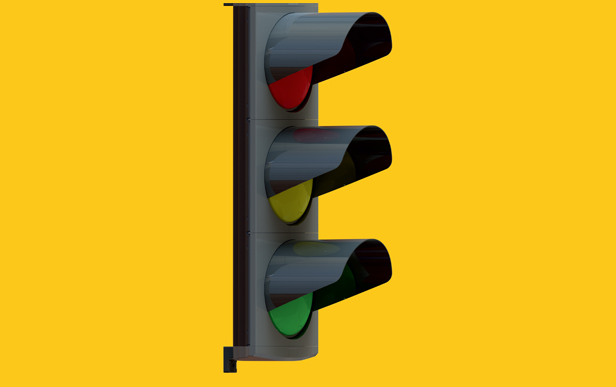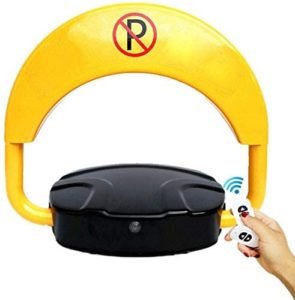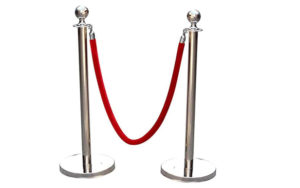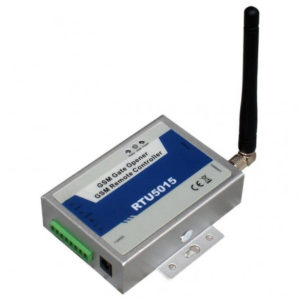- Home
- Traffic Management System
- Traffic Signal Light System
Traffic Signal Light System
Traffic signal lights are systems that regulate the passage of vehicles and pedestrians, shows the status of stopping or moving to vehicles and pedestrians. Traffic signal lights are also known as traffic lamp, traffic light, intersection lamp, signaling light and so on.
Traffic Signalization

Signals offer maximum control at intersections. They relay messages of both what to do and what not to do. The primary function of any traffic signal is to assign right-of-way to conflicting movements of traffic at an intersection. This is done by permitting conflicting streams of traffic to share the same intersection by means of time separation. By alternately assigning right of way to various traffic movements, signals provide for the orderly movement of conflicting flows. They may interrupt extremely heavy flows to permit the crossing of minor movements that could not otherwise move safely through an intersection.
When properly timed, a traffic signal increases the traffic handling capacity of an intersection, and when installed under conditions that justify its use, a signal is a valuable device for improving the safety and efficiency of both pedestrian and vehicular traffic. In particular, signals may reduce certain types of accidents, most notably, right-angle (broadside) collisions.
While many people realize that traffic signals can reduce the number of right-angle collisions at an intersection, few realize that signals can also cause a significant increase in rear-end collisions. Normally, traffic engineers are willing to accept an increase in rear-end collisions for a decrease in the more severe right-angle accidents. However, when there is no right-angle accident problem at an intersection, and a signal is not needed for traffic control, the installation of traffic signals can actually cause deterioration in the overall safety at an intersection. Traffic signals are not a “cure-all” for traffic problems. The primary goal of the traffic engineer is to attain the safest and most efficient overall traffic flow possible. In addition to an increase in rear-end accident frequency, unjustified traffic signals can also cause excessive delay, disobedience of signals, and diversion of traffic to residential streets.
Specification
Specifications of housing
- Material: PC
- Diameters:300,200 and 100 mm,Aspects 1,2,3 as standard
- Optics :In accordance with EN dimension
- Mounting:Mounting on 50-75 mm pole by polycarbonate brackets
- Housing Colours: Black,Light grey,Yellow.
- Norm: TS EN 12368
- CE marking:TS EN 12368 Annex ZA
Get A Quote
Related Products
How Can I Help You?









